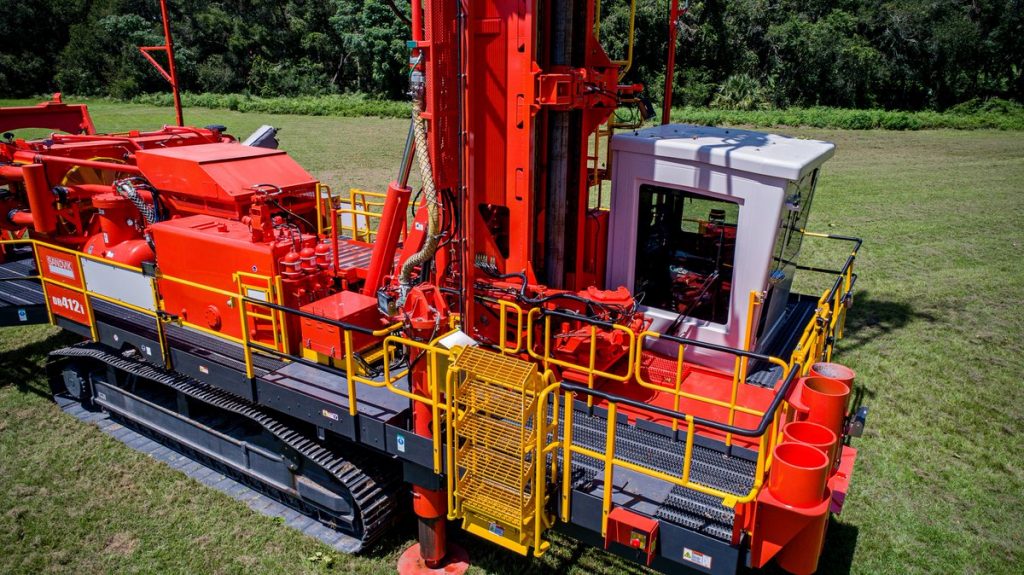Some of the world’s most valuable commodities, such as oil, natural gas, ores of metals, and gemstones, come from within the earth. The technique used to extract the minerals buried deep down the earth’s surface is known as drilling. Exploratory drilling is the first phase of drilling, followed by development drilling, mineral extraction, and reclamation.
Exploratory drilling is quite useful for the mineral mining sector as it provides essential information about whether the prospect is rich in minerals. Using this method, geologists and mining companies explore the site for its geological or commercial value. Here, we explain how exploration drilling works and its application in geothermal regions, techniques of exploratory drilling, and preventative measures.
How Exploratory Drilling Works?
The technique involves penetrating tens of hundreds of metres into the ground using machinery called the drilling rig. Drill rigs can be massive or small structures, depending on the prospecting purpose and site. They are critical to the successful sampling of mineral subsurface deposits, the study of rock, soil, and groundwater physical properties, and environmental investigations.
The drilling rigs drill smaller and deeper boreholes at several locations and inject drilling mud into the rock formation through a drill string or mud pump. A mud mixture usually contains water, solid clay particles, and chemicals. The drills press down on the rock, spin at very high speed, and go deeper underground. It then brings up the rock and fluid samples to be used for chemical analysis. These sample core profiles are then sent to labs for temperature and fluid tests to determine if the prospect contains enough minerals.
Exploratory Drilling Techniques
The most common exploratory drilling techniques are:
- Core Drilling
- Reverse Circulation Drilling
- Exploratory Well Drilling
- Slim Drilling
- Thermal Gradient Drilling
Each technique differs in its way of sampling the prospect and is equally effective in quantifying the mineralisation and predicting the size of the deposit site.
Preventive Measures
- Environmental Mitigation
Drilling in environmentally sensitive areas, including forests and near freshwater bodies, requires an understanding the regional hydrogeology.
- Field Surveys
Surveying the prospecting area is necessary to apply the best practices and exploratory drilling techniques.
Exploratory Drilling in Geothermal Regions
Exploratory drilling allows geologists to assess the hydrothermal fluids based on the samples obtained. It gives them the idea of subsurface geology, reservoir boundaries, and estimate production ahead of building geothermal power plants operating on hot fluids drive turbines.
Exploratory drilling saves a lot of time and cost for mineral research companies. It can be performed on a small part of the land and provides valuable information about the potential deposit. That way, it also reduces the environmental impact. Plus, it is a quicker way of getting to know about the prospecting potential.


